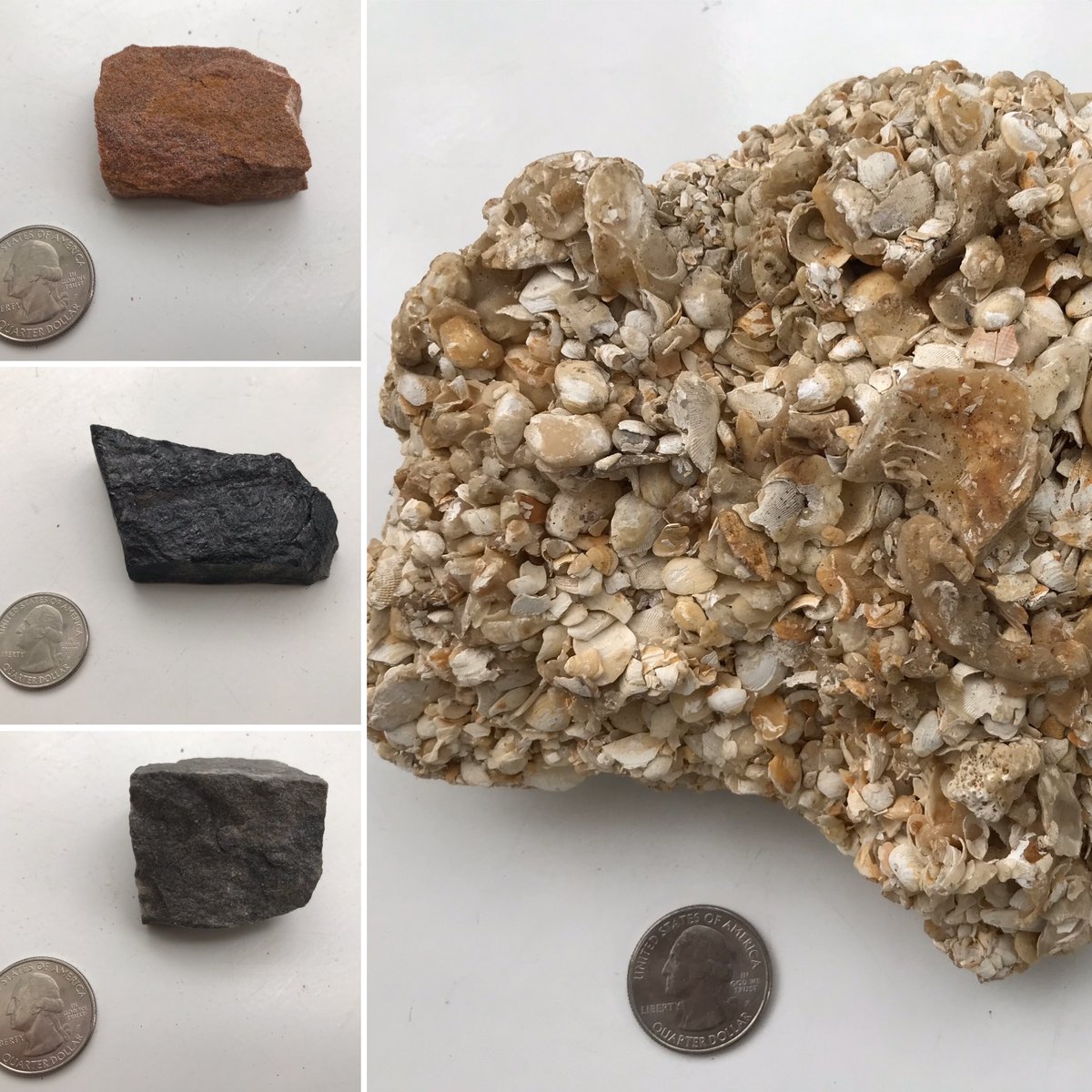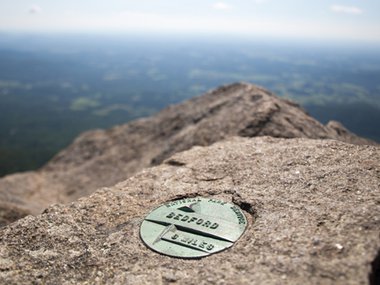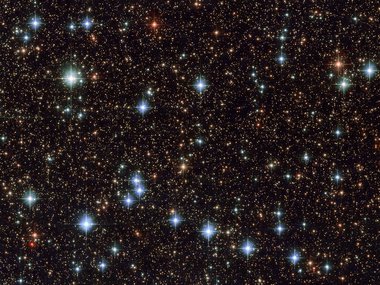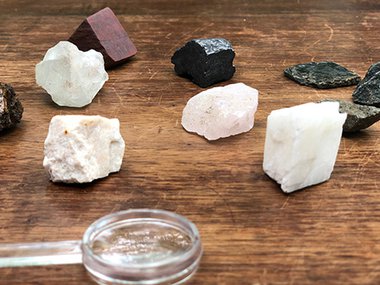Quarantine Quarrying: Sedimentary Rocks
Hi, science lovers. Are you ready to rock?! David Olli, live science catalyst, here with another installment of our quarantine quarrying series. This stay-at-home period is the perfect time to start a collection with common rocks and minerals you can find in Virginia, if not right in your own backyard.
There’s so much to say about rocks and minerals that we’ve broken up this post into a few parts. Here we’re going to cover sedimentary rocks. In another post, we explored igneous rocks, and coming soon we’ll cover metamorphic rocks and minerals. Then, after you learn all about the different types, you’re ready to start a collection.
Sedimentary rocks form a couple different ways: by an accumulation of sediments (which may be minerals themselves) cemented together, minerals left behind after water evaporates (like salt left behind from seawater evaporating) or minerals precipitating out of aqueous or watery solutions.

Sandstone, a very common sedimentary rock, is made up of–you guessed it–sand particles that have been compressed and cemented together. Sometimes sandstone pebbles can become very rounded. That happens when the rock tumbles along creeks, streams and perhaps rivers over a long time (think millions of years) eroding into a cobble. A sedimentary rock with a combination of fine, medium and coarse (large) grained rocks/minerals cemented together like a granola bar (a favorite Dave snack) is called a conglomerate. When the sedimentary rock is primarily made out of sea shells that are cemented together, it’s called a coquina.
Another very common sedimentary rock is called limestone, which can appear in different colors ranging from white to dark grey. Limestones form from the skeletal remains of ocean-dwelling organisms, giving us a hint about the history of our landscapes. One way to identify limestone is by placing a few drops of weak hydrochloric acid on the rock, then watching the liquid gently fizz and bubble. This reaction happens because limestone is predominantly calcium carbonate and the acid causes carbon dioxide gas to be released.
Virginia has vast exposures of limestone throughout the Blue Ridge Mountains, including many Shenandoah State Park hiking trails. Long ago, an ocean was needed to form the sediments that became these rocks. Where’d that ocean go?! Interestingly, most caves—like Luray Caverns in north western Virginia—are formed in limestone. Limestone is also a source of lime used to make cement.
Broad Street Station’s exterior, the Science Museum of Virginia’s home (featured in the picture at the top of the page), is built from limestone, but it’s not from Virginia. That limestone, known as the Bedford or Indiana Limestone, was quarried out of southern Indiana, and formed over 330 million years ago, when the interior of what would become the United States was covered with a warm, relatively shallow tropical ocean! We can find fossils in the Museum’s walls.
Coal is my last example of Virginia sedimentary rocks. Made up of mostly carbon, coal is a fossil fuel, like oil and gas. Coal beds formed from extensive, swampy forests that existed on Earth over 350 million years ago. When the trees in the swamps died, they were buried by mud and sediments and—over millions of years—solidified into coal. Coal is still mined in southwest Virginia, but did you know the first coal mines in the state were located in the Midlothian area of Chesterfield County? If you’re exploring Belle Island across from downtown Richmond you might find pieces of what appears to be coal, but it could actually be slag, or the remnants of past iron or other ore-smelting operations.
Thanks for exploring Virginia sedimentary rocks with me today. Now you’re ready to become a rock hound and hunt for some sedimentary rocks in your neighborhood! Remember to come back to our blog for details about the other types.
The Museum is hard at work helping you to discover your world despite dramatically reduced financial resources. If you'd like to help us continue this work, click here to learn how.


